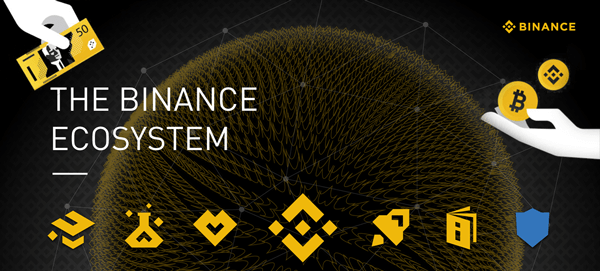Ether’s price retested $1,780 after the news of the United States Securities and Exchange Commission (SEC) suing cryptocurrency exchanges Binance and Coinbase, but it’s not preposterous to suggest that Ether bulls should be more than happy that its price did not break below the 67-day support.
The SEC’s actions are actually a double-edged sword for Ether (ETH), and on Crypto Twitter, some analysts attributed the bounce in Ether to its not being listed as a security in either of the cases brought against Binance and Coinbase. For instance, the SEC explicitly mentioned BNB (BNB), Solana (SOL) and Cardano (ADA), which are direct competitors to Ethereum’s smart contract-processing capabilities.
However, as noted by analyst Jevgenijs Kazanins, Ether’s omission does not mean that it has the green light from the SEC.
SEC did not mention #ETH in the list of tokens that it considers to be securities when suing Coinbase and Binance. Could it be that the SEC is working on a separate lawsuit targeting Ethereum Foundation?
— Jevgenijs Kazanins (@jevgenijs) June 6, 2023
Kazanins raises the question of whether the SEC could be targeting the Ethereum Foundation in a separate lawsuit. For now, the idea is a mere unfounded speculation, but it certainly has merit given that SEC Chairman Gary Gensler refused to answer questions about Ether’s status before the U.S. House Financial Services Committee in April 2023.
In the meantime, what traders can focus on is Ether’s price action, network data and other data that impacts investor sentiment and price in the short term.
Ethereum DApps get a slight boost
Total value locked (TVL) measures the deposits locked in Ethereum’s decentralized applications (DApps), which have been in a downtrend since mid-March. The indicator reached a 14.35 million ETH bottom on June 3 but bounced back to 14.6 million ETH by June 6, according to DefiLlama.
The number of active addresses interacting with DApps is also in a slump. Over the last 30 days, the top 12 DApps running on the Ethereum network saw a 4% increase in active addresses, even though the average transaction gas fee remained above $6.50.

If investors fear that Ether has higher odds of breaking below the $1,800 support, it should be reflected in the ETH futures contract premium and increased costs for protective put options.
Ether derivatives metrics neutral as regulations ramped up
Ether quarterly futures are popular among whales and arbitrage desks. However, these fixed-month contracts typically trade at a slight premium to spot markets, indicating that sellers are asking for more money to delay settlement.
As a result, ETH futures contracts in healthy markets should trade at a 4 to 8% annualized premium — a situation known as contango, which is not unique to crypto markets.

According to the futures premium, known as the basis indicator, professional traders have been avoiding leveraged longs (bullish bets). Still, not even the retest of the $1,780 level on June 6 was enough to flip those whales and market makers into bearish sentiment.
To exclude externalities that might have solely impacted the Ether futures, one should analyze the ETH options markets. The 25% delta skew indicator compares similar call (buy) and put (sell) options and will turn positive when fear is prevalent because the protective put option premium is higher than the call options.

The skew indicator will move above 8% if traders fear an Ether price crash. On the other hand, generalized excitement reflects a negative 8% skew. As displayed above, the 25% delta skew moved above the positive 8% threshold on June 5, indicating bearishness. However, the subsequent bounce to $1,880 on June 6 has moved the metric back to a neutral state.
Related: Coinbase reminds world it tried to ‘embrace regulation’ as SEC sues for violations
Ether’s price looks poised to hold above $1,800
In short, these three indicators signal resilience — namely, the TVL bounce to 14.6 million ETH, the 4% increase in DApps’ active addresses and a meager impact on Ether derivatives markets, despite the retest of the $1,800 level.
Ethereum network usage data remains healthy, and the recent retest of the 67-day support was not enough to scare professional traders, according to derivatives metrics.
Consequently, bulls seem to have dodged a bullet, greatly reducing the risk of an imminent price crash.
This article is for general information purposes and is not intended to be and should not be taken as legal or investment advice. The views, thoughts, and opinions expressed here are the author’s alone and do not necessarily reflect or represent the views and opinions of Cointelegraph.
This article does not contain investment advice or recommendations. Every investment and trading move involves risk, and readers should conduct their own research when making a decision.





